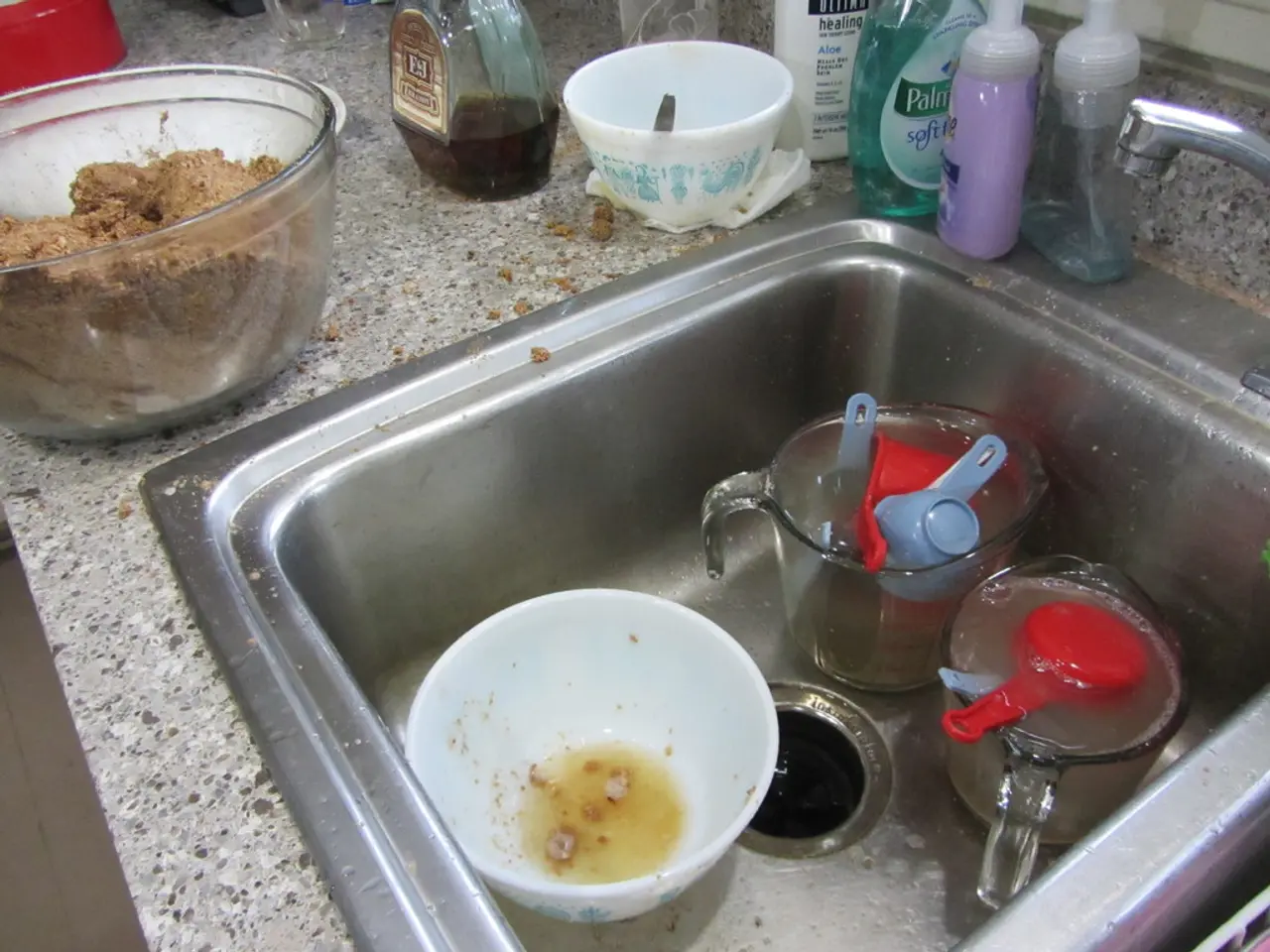Melanoma in feet: Signs, root causes, and remedies
Acral melanoma, a type of skin cancer that primarily affects the pigment-producing skin cells in the foot, is often overlooked due to its location and appearance. Here's what you need to know about this potentially dangerous condition.
**Common Symptoms of Acral Melanoma**
Acral melanoma, particularly acral lentiginous melanoma (ALM), often manifests in the soles of the feet. Common symptoms include dark, irregular areas appearing as dark lines or streaks, often under the toenails or on the soles. Other symptoms include changes in sensation, such as discomfort, itching, or tenderness in the affected area, inflammation or redness that extends past the edges of the affected area, and lesions that do not heal or continuously change in appearance.
**Risk Factors for Acral Melanoma**
Risk factors for acral melanoma include ethnicity and skin tone, as it is more common in people with darker skin tones. Mechanical stress or injury, such as frequent pressure on the feet, may contribute to its development by causing inflammation and DNA damage. Genetic mutations in acral melanoma cells also differ from other types of melanoma, which may complicate treatment.
**Diagnosis and Detection**
Diagnosis primarily involves a physical examination, and may be supplemented with imaging studies. Early detection is crucial for effective treatment, as acral melanoma is less responsive to treatments compared to other forms of melanoma. A biopsy is a method used to collect a skin sample and send it for examination under a microscope. The type of biopsy depends on the affected area and size of the lesion. A biopsy can help identify whether the cells are cancerous, which type of cancer, if any, is present, and measure the thickness of a tumor.
**Prevention and Awareness**
Prevention tips for other types of melanoma include staying in the shade, wearing water shoes or shoes and socks, using adequate sunscreen, removing nail polish to inspect the skin underneath the toenails, not using UV drying lamps during a pedicure, educating children on the dangers of UV exposure, wearing sunglasses that block all UV rays, and wearing a wide-brimmed hat.
Remember, the first sign of melanoma is a change in the size, shape, color, or texture of an existing mole, or a new mole with certain features. If you notice any changes, it's important to consult a doctor for a thorough examination.
[1] American Cancer Society. (2021). Acral Lentiginous Melanoma. [online] Available at: https://www.cancer.org/cancer/melanoma-skin-cancer/about/subtype/acral-lentiginous-melanoma.html
[2] Mayo Clinic. (2021). Acral lentiginous melanoma. [online] Available at: https://www.mayoclinic.org/diseases-conditions/acral-lentiginous-melanoma/symptoms-causes/syc-20354658
[3] National Cancer Institute. (2021). Melanoma of the Foot. [online] Available at: https://www.cancer.gov/types/skin/patient/foot-melanoma-treatment-pdq#section/_101
- Acral melanoma, a form of skin cancer, primarily targets pigment-producing skin cells in the foot.
- Dark, irregular areas appearing as dark lines or streaks are common symptoms, often found under toenails or on the soles.
- Changes in sensation, such as discomfort, itching, or tenderness, can also be observed in the affected area.
- Inflammation or redness that extends past the edges of the affected area, and lesions that do not heal or continually change in appearance are notable symptoms.
- Ethnicity and skin tone are risk factors for acral melanoma, as it's more common in individuals with darker skin tones.
- Mechanical stress or injury can contribute to its development by causing inflammation and DNA damage.
- Genetic mutations in acral melanoma cells differ from those in other types of melanoma, which can make treatment complicated.
- Diagnosis is primarily through a physical examination, which may be supplemented with imaging studies.
- Early detection is crucial for effective treatment, as acral melanoma is less responsive to treatments compared to other forms of melanoma.
- A biopsy is used to collect a skin sample for examination under a microscope to identify if the cells are cancerous.
- Prevention tips for other types of melanoma can also apply to acral melanoma, such as staying in the shade, wearing water shoes or shoes and socks, using sunscreen, and educating children about UV exposure.
- The first sign of melanoma is a change in the size, shape, color, or texture of an existing mole, or a new mole with certain features.
- If any changes are noticed, a doctor should be consulted for a thorough examination.
- Awareness and understanding of medical conditions like acral melanoma play a crucial role in health-and-wellness, particularly in skin care, cancer, and dermatology.




